Tag: Exports

Iron and steel exports drop amid global trade policy measures
VOV.VN - Vietnam shipped over 9.2 million tonnes of iron and steel worth nearly US$6.1 billion over the past 11 months of the year, representing a 26.1% decrease in volume and a 28.9% drop in value compared to the same period last year, according to the National Statistics Office.

Steep US tariff rise puts Vietnam’s shrimp exports at risk in 2026
VOV.VN - The Vietnam Association of Seafood Exporters and Producers (VASEP) has warned that the country’s shrimp industry is under growing pressure as the US imposes a preliminary anti-dumping duty of up to 35.29%, alongside a series of new tariff barriers.
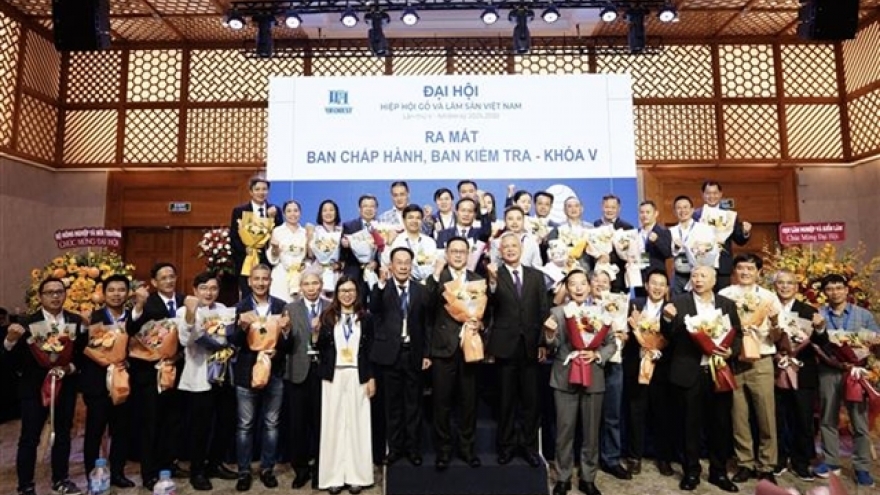
Vietnam's wood industry targets US$25 billion in exports by 2030
The Vietnam Timber and Forest Product Association (Viforest) has set an ambitious goal of reaching US$25 billion in exports by 2030, as the sector charts a course toward sustainable development amid growing global trade challenges.

Vietnam, Cambodia bolster border trade connectivity
A forum on border trade connectivity between Vietnam and Cambodia took place on December 10 in An Giang province, aiming to promote cross-border import–export activities and investment opportunities.
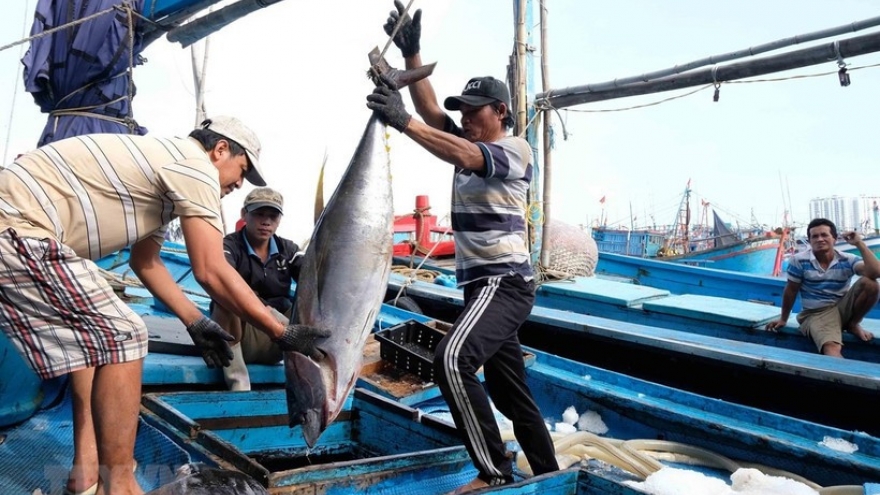
Vietnam’s aquatic sector on track to hit US$11 billion in exports
Despite volatility in global trade, aquatic exports have maintained solid growth, laying the foundation for the sector to reach US$11 billion this year and expand its presence in demanding markets.
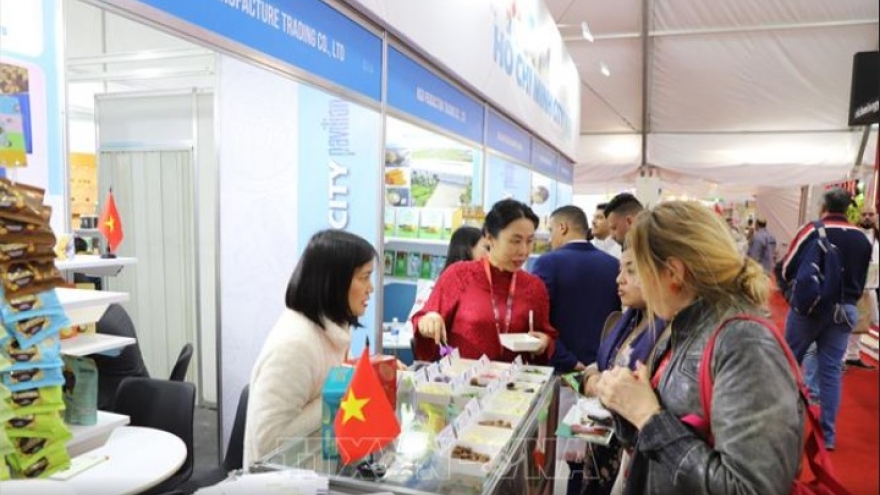
Vietnamese businesses seek opportunities for agricultural exports in Middle East-
VOV.VN - The Ho Chi Minh City Investment and Trade Promotion Centre (ITPC) on December 9, inaugurated the Vietnam agricultural products pavilion at Food Africa 2025, held at the Egypt International Exhibition Center from December 9 to 12.
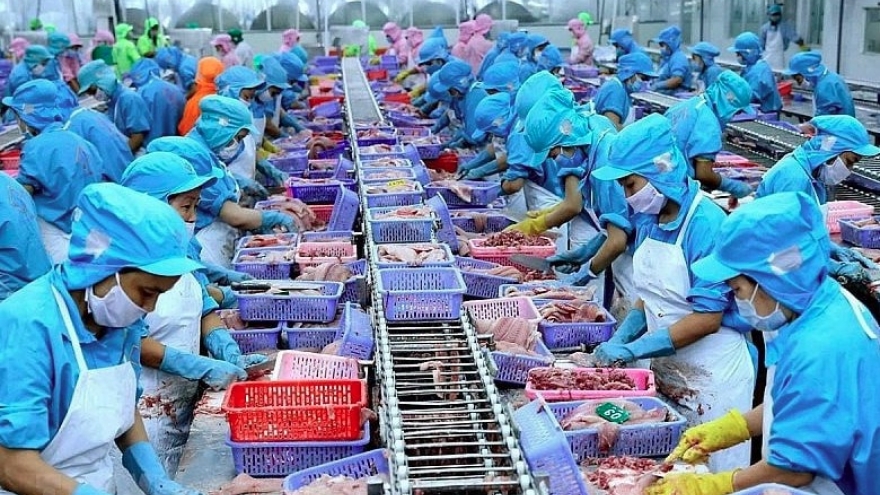
Vietnam’s aquatic exports to Japan rebound strongly
VOV.VN - Vietnam’s seafood exports to Japan have shown a strong recovery, bringing in nearly US$1.6 billion in the period from January to November this year, according to the Vietnam Association of Seafood Exporters and Producers (VASEP).

US$900 billion trade marks new growth momentum for Vietnam
VOV.VN - Vietnam’s total export-import turnover is projected to reach US$900-920 billion in 2025, bringing the country closer to the world’s top 15 nations by overall trade scale.
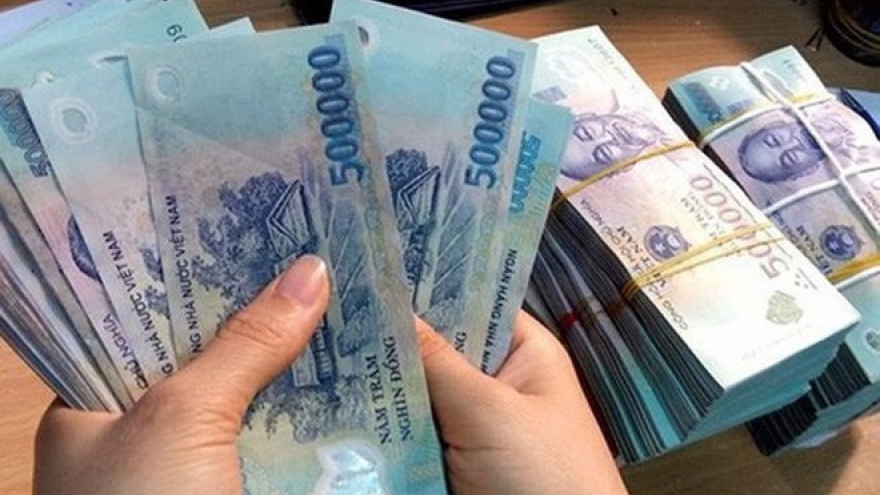
State budget revenue from import–export activities increases 9% in 11 months
The Department of Customs reported on December 9 that State budget revenue from import–export activities in the first 11 months of this year reached VND420.63 trillion (US$15.95 billion), equivalent to 102.3% of the annual estimate and 89.5% of the sector’s target.
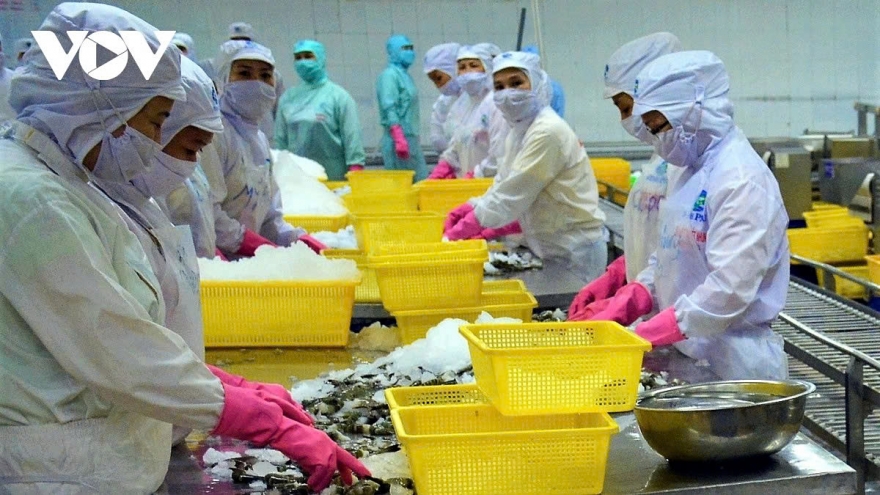
Shrimp exports surge in 11 months, generating over US$4.3 billion
VOV.VN - The past 11 months saw Vietnam earn more than US$4.3 billion from shrimp exports, representing a year-on-year increase of 21%, according to the Vietnam Association of Seafood Exporters and Producers (VASEP).
